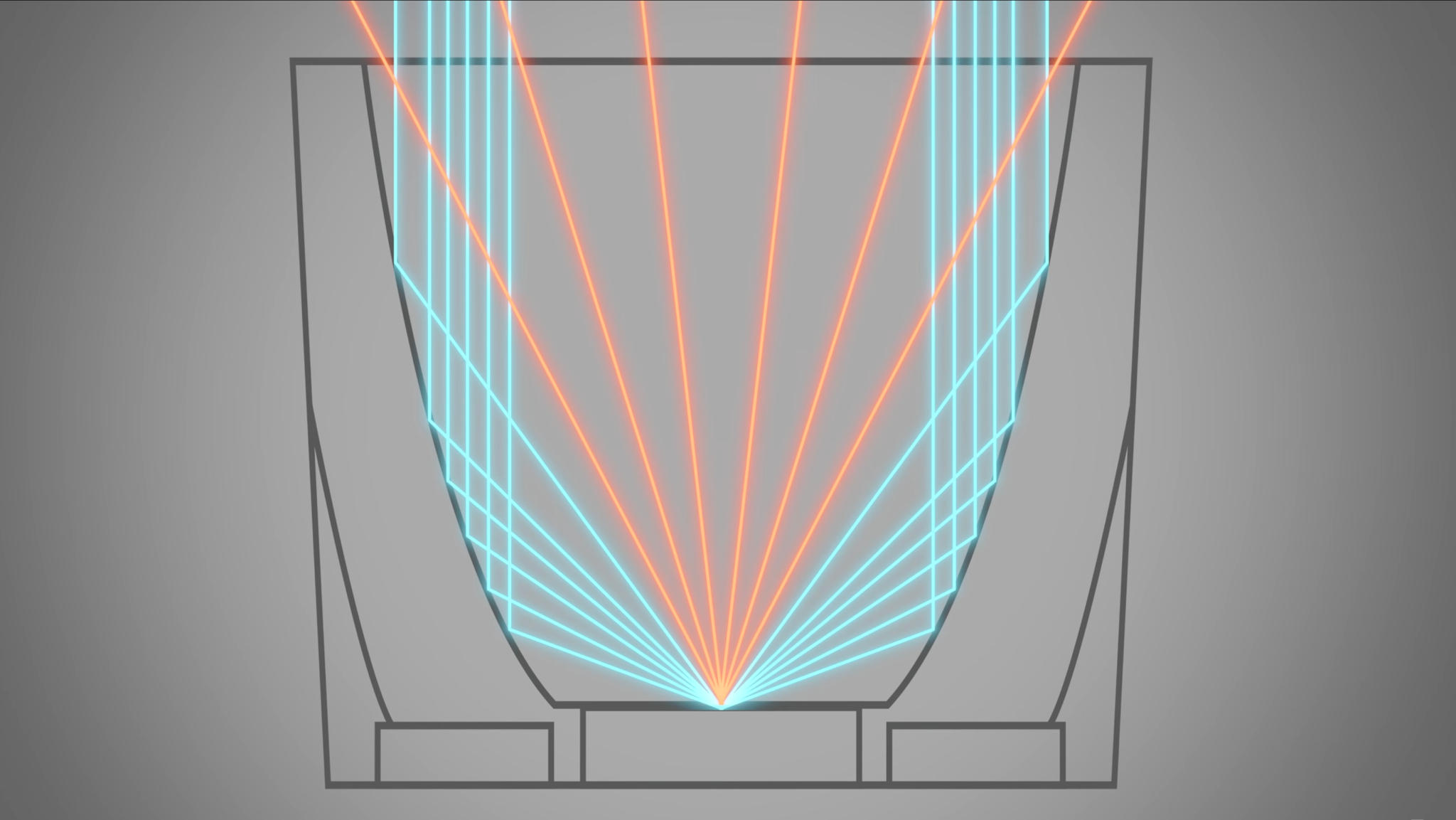

I’m something of a headlight nerd. In a previous life, I retrofitted HID projector headlamps onto my 2009 Honda Civic Si for better light output. I’m planning a similar project for my beater 2015 VW Jetta TDI. Forward lighting is extremely important, and having the best hardware possible is extremely valuable to me, so I cringe a bit when people throw LED bulbs into any old housing and say it’s “better.” Let the pros school you on how it really works.
LED lighting promises a lot of good for the average person just looking to swap their junky old halogens for something else. LEDs run longer, brighter, and much more efficiently than old-style bulbs, but they require a specific kind of headlight housing and optic to make them work. Truthfully, it is not as simple as putting LED bulbs into everything and expecting the headlights to perform better. It is almost never the case, as Diode Dynamics explains in a Youtube video.

Most cars in the last few years have adopted LEDs because they’re cost-effective and small. If you’re like me and you look closely, most modern cars use a half-reflector LED headlight, while some use a compact LED projector. To nerds like me, it’s all very fascinating to see how it works.
The principles of focusing and reflecting LED light are largely the same as halogen, but its more about the placement of the light source. With halogens, it’s a large light source that requires different mirror geometry to the tiny but intense light source of LEDs. Thus, the LED reflectors need to be smaller and differently arranged. When you put an LED bulb in a halogen reflector or projector housing, everything is wrong and the light won’t be focused properly.
Folks conflate brightness with useful light output, but the real trick to good headlights is how well the light is focused and how far it can reach down the road. Good headlights are bright but are brightest at several hundred feet down the road, allowing drivers to see and react to any objects or incidents well ahead of time. Bright lights that flood light directly in front of the car aren’t great for road driving, and can even mentally confuse drivers into looking at the wrong place on the road–our eyes naturally look at the brightest sources of light.
So, before you do anything to your lights, watch the video and see what works best. But please, please stop putting LED bulbs in your halogen headlight housings. If nothing else but to save my retinas at night.
Got a tip? Email tips@thedrive.com